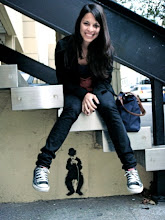
Michael Mann meticulously uses form and stylistic elements in Manhunter to generate certain reactions in the audience. A recurrent motive is the use of color white, which is combined with glimpses of green neon light in the police department. Such glimpses of green light are tied to the meticulous placement of cactuses in the staging of the police department. These plants, which spur from unfertile and dry soils, embody the core characteristics of the department; they are rough and do not need to be taken care of. This could also translate to the way policeman treat their inmates; even though the jails are white, transparent, and sterile, there is a complete lack of nourishing and everyone has to take care of themselves in order to survive their own arid reality.
The use of color white is linked to the moon, a key element in the whole film. Mann introduces this theme with the opening scene, providing a premonitory cue for the audience. Will Graham is constructing a fence with his son to protect turtle eggs, which will be guided by the moonlight to find the sea once they are born. The moon represents a compass for the newborn turtles which, if followed correctly, will lead them into life. However, such positive approach towards the moon rapidly shifts since it becomes an ally of the killer by illuminating his path towards his victims. As the film progresses, we are introduced to the obsession that the killer has with the moon. He owns a large poster of the moon in his living room and the texture of the walls of his house resembles the craters of the moon. The Tooth Fairy killer resembles a nocturnal animal, who knows his way around the darkness of the night, yet is trying to reach out for the warmth of the sun. In fact, after he had sex with the blind woman, he finds her in the deck and tells her to say there because she “look[s] so good in the sun.”

No comments:
Post a Comment